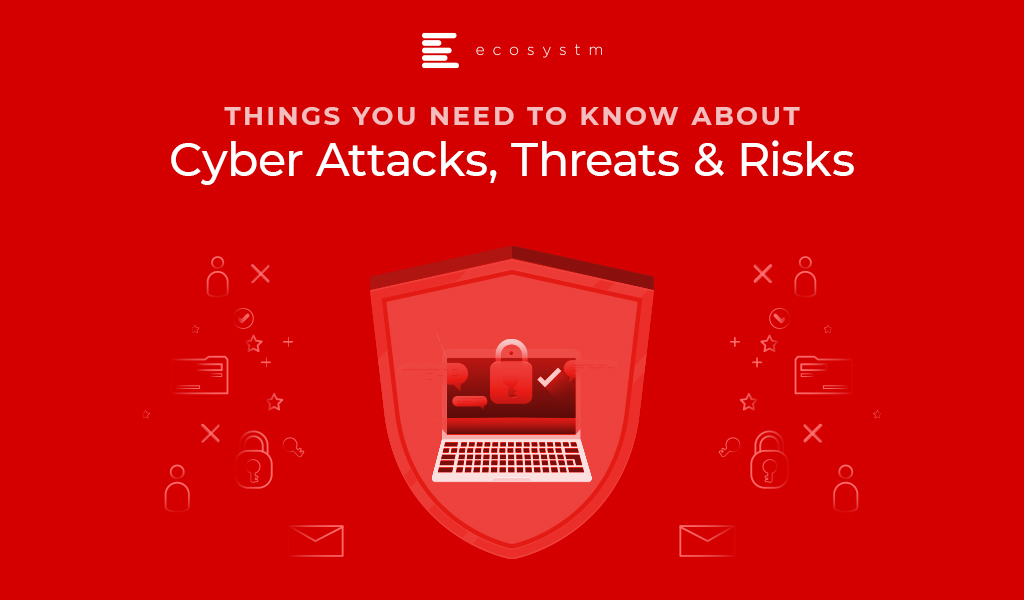
Have you noticed how IT shops are changing? ANZ Bank, BankWest, William Hill, REA, Sportsbet and many other organisations are restructuring their technology function – moving many of the functions that impact the product or customer experiences into the teams that are responsible for that product or the customer experience. These business restructures often go well beyond an IT change – it is usually about putting all of the resources that can impact the customer outcome into the same team in order to be able to drive change at pace. Some take it even beyond the customer and product teams, and move HRM to the Employee Experience team, ERP to the Finance team, CRM to the sales/marketing team/s etc.
So the question needs to be asked – if most of your IT team has been moved to the business teams, what is the role of the CIO? And the answer to that question, most of the time is “there is no role for a CIO”… In fact, many businesses that have made this move no longer have a CIO. When REA made the change, their CIO became the Chief Inventor; when William Hill combined IT and Product, the CIO effectively became the head of products.
But this doesn’t mean there is no role for the CIO – some will see the opportunity to embrace their technical side and become a “Chief Engineer” – as many businesses will maintain some technical capability in house. Some will become the head of Employee Technologies – your information and other workers will still need end-user computing devices, tech support etc. A potential pit stop role will be head of Digital as some companies are giving the responsibility to drive digital transformation to a senior executive (but as mentioned this role is just a pit stop as being digital quickly becomes everyone’s responsibility – not just that of a senior executive!). Some will embrace their passion for innovation and lead the big changes that the business will need to face, and others will step up to a senior management role within the business – possibly managing change, implementing automation, or another new competency required of the business.
So as a CIO you need to start mapping your future journey – when will your company or department embrace the “fast & innovative” approach to business and restructure around products or the customer (some call it the “Spotify model”, others the “software model” – but either way it is about being able to deliver customer value at pace)? What will your role be in the transition? And what will your job look like after the change? I recommend you drive this change and become a master of your own destiny – I know some who CIOs who had this change forced upon them, and it did not end well for them.
I have helped CIOs and their teams with this transition so please reach out if you are interested in having Ecosystm help your business become fast and innovative in order to drive better customer outcomes, and help your CIO and IT team to create a new digital-ready future.






